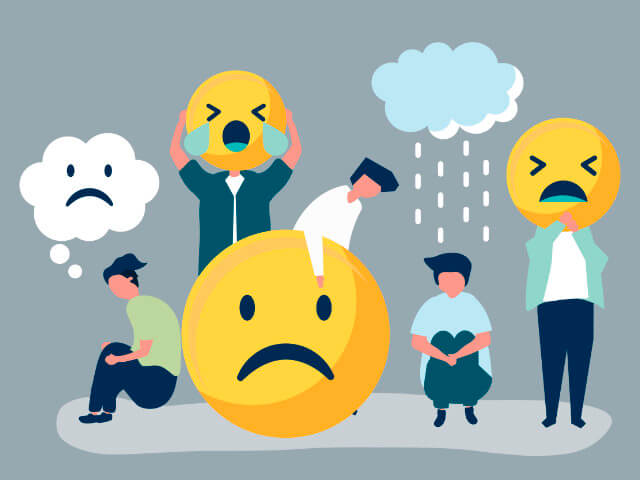What will happen to the animals in the world? Will they evolve, die, or will climate change only affect a specific type of animal?
What will happen to animals? The answer is- it depends. Some will move around to find new places to live. Some will evolve to the new climate conditions where they currently live. And some species will die or go extinct. Let’s look at how species might respond and why this means that even with evolution and moving, some will still die.
Species are evolving and moving in response to climate change. Examples of evolution are changes in how a species can tolerate extreme temperatures – known as thermal ranges. Some species will die at particular temperatures. For example in late 2018 many flying foxes died in an extreme heat wave in northern Australia. Marine heatwaves result in mass coral reef deaths.

But if individual plants or animals within a species happen to have or abilities to survive at higher temperatures, then, over time, those traits will become widespread within the species, because those individuals survive and reproduce. In fact, scientists are selectively breeding coral reefs for their ability to tolerate higher temperatures and then farming these corals to improve the health of the Great Barrier Reef.
Some species can also move around in order to follow suitable climate conditions (like the right temperature or rainfall for them). Plants use wind to move seeds kilometres away, birds can fly long distances to find the next suitable tree hollow to live in, and mammals can follow habitat corridors like rivers and tree lined fences to find the next forest to live in. In this way, some species can continue to adapt and follow changes in their habitat to survive. Scientists call this ‘species on the move’ and it’s a big area of current research. These scientists estimate that so many species will move or redistribute themselves, the types of plants and animals you see out your back door today may well be different in the future.
But evolving, or moving, takes time. Evolution is a multi-generational process. And species tend to move anywhere from a few metres to 10s of kilometres each year depending on how big and how mobile they are. If climate change outpaces the speed at which species can move or change, then they are at risk of dying.
One study estimated that if we follow our current, business-as-usual trajectory of climate change, which is projected to lead to a 4.3°C temperature rise, climate change would threaten one in six species (16%). This could as much as double our extinction rates.
The species that are most likely to be at risk of extinction are those that are on islands (like New Zealand and Australia) where there’s not enough space for species to move or track their preferred climate. So here in Australia, we will have more species extinctions due to climate change relative to other parts of the world.
This is one of many reasons why people are calling for governments to limit climate change to 1.5°C, by ‘decarbonising’ our economy – or stopping emissions of CO2. If we do this, we can reduce the rates at which plants and animals become extinct.











